Although meat is a good source of protein and vitamin B12, excess intake is a major contributor to human disease. In 2010, a study evaluating meat and health issues carried out by Oxford University health found that eating meat no more than three times a week could prevent 31,000 deaths from heart disease, 9,000 deaths from cancer and 5,000 deaths from stroke a year. The World Cancer Research Fund concluded that if we limited red meat and avoid processed meat, this could save the NHS £1.2 billion in costs each year. In agreement, the former chief scientific officer Sir Liam Donaldson has said that reducing the UK’s consumption of animal products by 30 per cent, by 2030 would prevent 18,000 premature deaths every year. A large European Prospective Investigation of Cancer (EPIC) analysed 25,000 people from Norfolk. There was a significantly higher incidence of colon cancer in those individuals who consumed a higher intake of red meat.
Excess meat shortens life expectancy
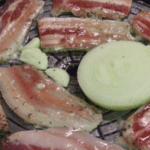
A further study from the University of Illinois looked at the quality of the meat consumed in relation to the survival after ovarian cancer. Among the 335 women analysied those who ate unhealthy processed meats had a higher chance of their cancer returning after initial treatments had finished and a poorer overall survival. Their definitions of unhealthy meats were largely cheap processed meat products including pork pies, sausages, cheap burgers, processed ham and other meats. On the other hand, there was no increased risk of relapse for those who ate white meats, smaller volumes of good quality red meats or fish. Another study from the World Health Organisation (WHO) also demonstrated that the likelihood of cancer was higher among individuals who eat large quantities of meat but again found that the risk was higher in those who consumed processed varieties. On further analysis, the data from this study, and many others, showed that the meat eaters with a high vegetable and dietary fibre intake only had a moderate increased risk whereas high meat and low vegetable and fibre incurred a particularly high risk of colon cancer.
It is established that cancer in lower in vegetarians. One randomised study 93 volunteers from the USA with early prostate cancer who, opted not to undergo surgery or radiotherapy were randomly assigned to a vegan diet, or standard care. The PSA decreased at twelve months in the intervention group by 4 percent, but increased in the control group by 6 percent. Although this supports changing to a vegan diet the intervention also included daily exercise programme and high polyphenol vegetable and fruit intake so this study was not able to prove that stopping meat the most important factor but it very likely contributed to the positive lifestyle change.
A Taiwanese study showed that people who ate a high intake of polyphenols and fibre in vegetables but also meat and cured fish only had a slightly higher cancer rate than pure vegetarians but meat eaters with a low vegetable intake had a significantly higher cancer risk. This suggests that although cured meats contain carcinogens which can trigger tumour growth, the vegetables and soy contain antioxidants that neutralize these compounds. Other studies have confirmed that people who eat less meat are benefiting from the protective effects of other foods which they eat more of – especially fruits, vegetables, whole grains and legumes found in a vegetarian diet.
How meats are prepared can also affect the risk of their cancer potential. The carcinogen section above how burning or barbecuing meat increases the levels of carcinogens drastically. Even pan-frying meat with a high gas flame may be worse than a lower flame or electricity for raising the levels of carcinogens. Research published in the journal Occupational and Environmental Medicine showed that mutagenic aldehydes and heterocyclic amines, are found in cooking fumes produced during high temperature frying of beefsteak. The hotter gas flames release more harmful chemicals from oil in the cooking process compared to lower heat.
Smoking or curing meats also increases carcinogenic hydrocarbons and nitrosamide levels. Another study of Taiwanese teenagers showed that high intake of cured meats and fish was associated with a 74% higher risk of developing acute leukaemia than children and teens who rarely ate those foods.
How could excess meat be harmful?
Vegetable and fibre exclusion:
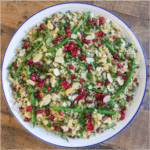
High saturated fats and cholesterol:
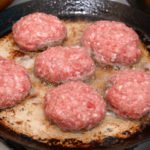
There is strong evidence that unhealthy fat and calorie excess adds to the risk of developing cancer. Evidence is particularly strong with saturated fat acid, high intakes of which have been associated with a poorer prognosis of cancer. The Health Professionals Study revealed that health professionals who had a high energy and fat intake had an increased risk of advanced prostate cancer, especially in those who presented at a young age or who had a positive family history of cancer. Sheila Bingham of the Medical Research Council, UK, presented data in 2003 to show that women who ate more than 90g of fat a day had twice the risk of developing breast cancer than those eating 40g per day.
Excess protein:
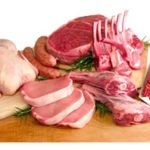

A high-protein diet, for an extended period, can increase the risk of kidney damage. Eating too much protein can also affect people who already have kidney disease. This is because of the excess nitrogen found in the amino acids that make up proteins. The kidneys have to work harder to get rid of the extra nitrogen and waste products of protein metabolism. The same study found that consuming high amounts of protein led to abnormal markers of kidney function and a more concentrated urine.
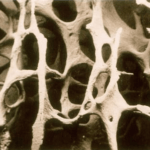
Weight gain:

Environmental damage from meat production:
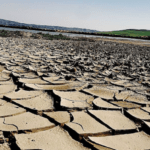
Carcinogens:

N-nitroso compounds (NOC)including nitrates, nitrites and nitrosamines are described, in detail, in the carcinogen section so will only be summarized again here. Most of our nitrates intake comes from plants which are converted into healthy nitric oxide. In meats, they are found naturally or are added to processed meats as preservatives particularly bacon, ham, salami and other cured meats which lends them their pink coloration. Nitrates themselves are relatively inert, until they are reduced to nitrites and then nitrosamine. Nitrates can turn into nitrites by bacteria in the mouth and then be swallowed. After consumption, depending how they are eaten, what they are eaten with, meat nitrites are either converting into healthy nitric oxide, or volatile nitrosaminessuch as nitrosodimethylamines (NDMA),which are carcinogenic. In the laboratory, most nitrosamines can induce DNA damage causing liver, lung, and stomach cancer. In man, studies suggested they could be implicated in the risk of both childhood and adult brain tumors and colorectal cancers.The UK biobank study found that just processed meat intake equivalent to 2 sausages a week was linked to an increased risk of breast cancer. The WHO and WCRF have issued repeated warnings that nitrite rich processed meats are definite carcinogens.
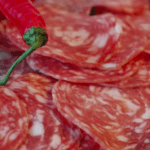
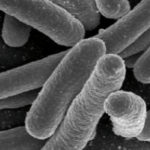
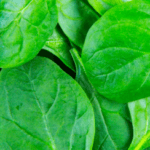
The heme ion in red meat has a catalytic effect on formation of nitrosamines from nitrites. This explains the findings from epidemiological studies reporting a link between red and processed meats and bowel cancer but not with white meats consumption. The heme ion also has other direct carcinogenic propertiesvia the creation of cytotoxic and genotoxic aldehydes caused by lipoperoxidation of unhealthy fats. This explains the induction of colon cancer finding in laboratory rats feed with dietary hemoglobin and red meat even without nitrites.
Meat and health – conclusion
Although the risk of cancer is lower in vegetarians, the evidence would suggest that eating non-red meat in moderation is probably safe provided the diet is otherwise very healthy. There are of course some benefits to eating meat – it is the most easily absorbed source of vitamin B12, protein and iron pre-menopausal women, teenage girls and young children, – all of whom are at high risk of iron deficiency and would benefit from regular meat in their diets. The same applies to adults with cancer if recovering from a period of malnutrition, such as a prolonged period of poor appetite, or a recent operation as, undoubtedly, meat is a good source of protein. A further study also showed that beef reared on grass as free range had good levels of omega 3 particularly those reared organically. A serving of extra-lean good quality meat, less 2-3 times a week may not be harmful.
Summary – 30 tips to aid meat and health:
- If you eat meat go for quality not quantity
- Use meat for its taste, but not as the main content of the meal
- If you eat meat limit to 2-3 times a week rather than every day
- Meat shouldn’t be your main protein, try pulses, quinoa, lentils
- Eat plenty of polyphenol and vitamin c rich foods with every meal.
- There should be three times more vegetables than meat on the plate
- Use plenty of herbs and spices to counterbalance the carcinogens
- When eating meat make sure you also have plenty of fibre
- Avoid cheap meats in tins, sausages, burgers and pies
- Avoid hot dogs, sausage, ham, bacon, pastrami, salami
- Avoid smoked meats
- Reduce intake of heme ion rich red meats such beef, lamb or liver
- Try to go for free range, organic or at least grass feed animals
- Serrano ham and real biltong have lower amounts of nitrites
- Parma ham & prosciutto don’t have added nitrites.
- Particularly avoid barbecued or blackened meats
- Avoiding direct exposure of meat to flame or a hot metal surface
- Avoiding prolonged cooking times (especially at high temperatures).
- Use an oven to partially cook meat prior to grilling or barbecuing.
- Continuously turn or flip meat over on a high heat source.
- Clean the black from frying pan, griddle, hot plate or barbeques
- Remove charred portions of meat
- Refraining from using gravy made from meat dripping
- Avoid direct-fire drying meats, dried salted fish
- Reduce the heat when grilling or frying
- Avoid taking long term anti-indigestion therapies if possible
- Look after your healthy gut bacteria
- Gently grill or casserole rather than fry or burn on the barbeque
- Remove excess fat and skin
- If extra oil is needed use olive oil rather than animal

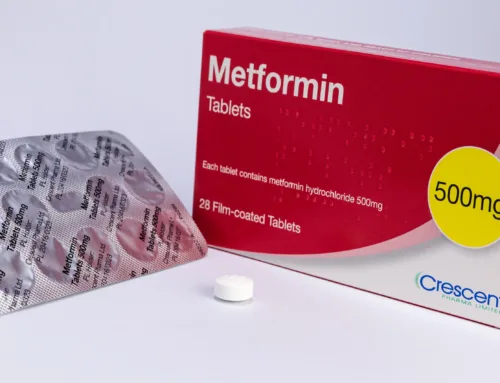


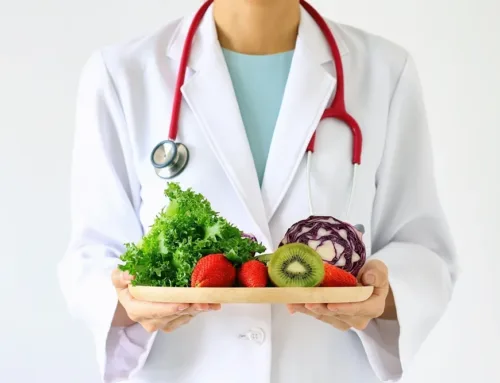
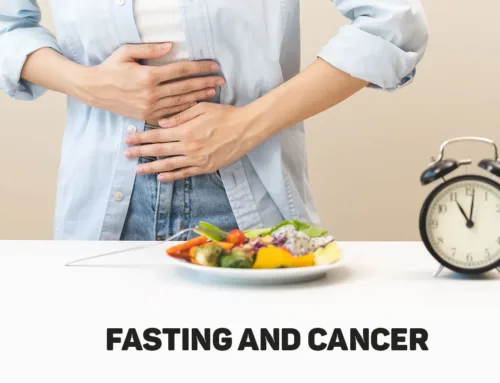
Leave A Comment